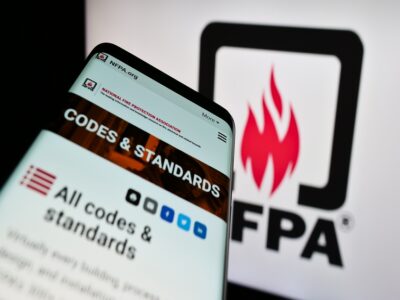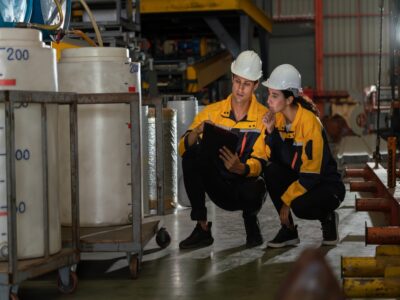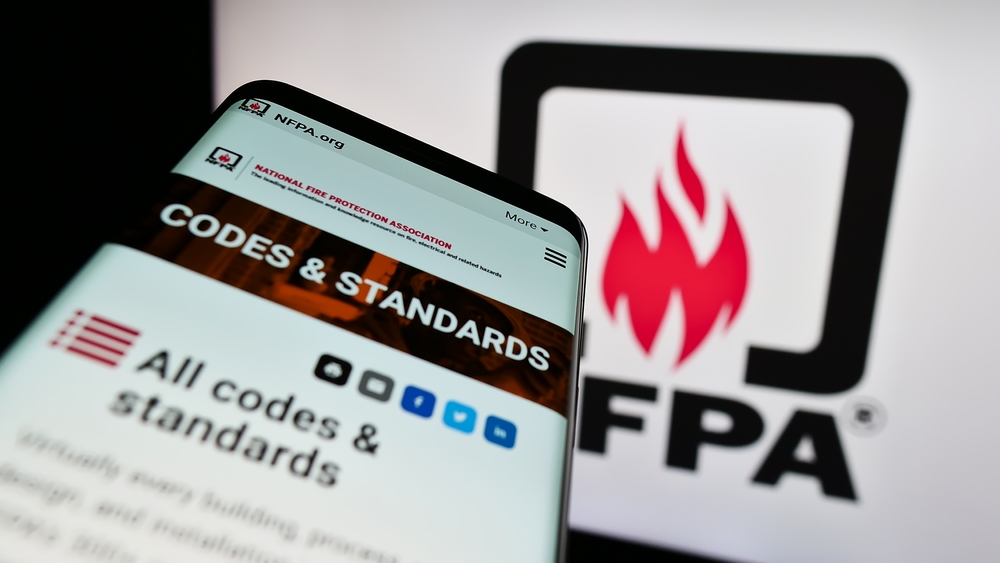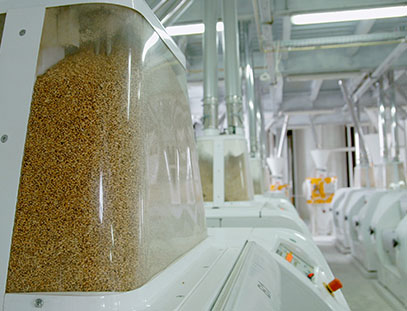Search
The Game-Changer: What NFPA 660 Means for Combustible Dust Safety
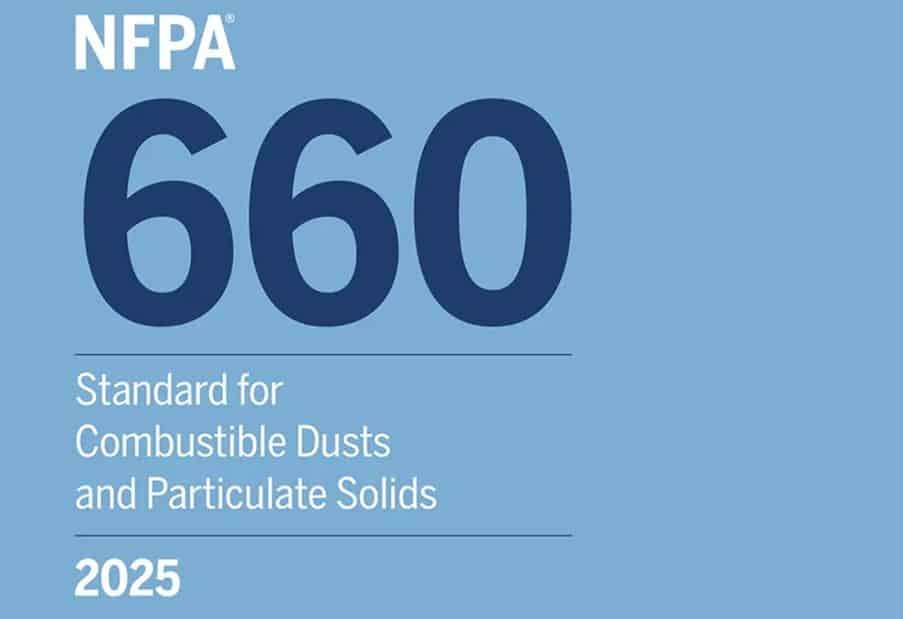
If you’re dealing with any combustible dust(s), here’s some big news: NFPA 660 is here, it’s rewriting the rulebook on combustible dust safety, and it affects you. Gone are the days of juggling multiple standards. NFPA 660 simplifies everything, combining all the guidance you need into one, clear framework. But don’t let the word “simplify” fool you – within hundreds of pages, this new standard packs in more detail, better practices, and a comprehensive approach to keeping your operations safe and compliant. So, what does this mean for you? In this edition of our Process Safety Dispatch, we’re going to break it down and explore how you can stay ahead of the curve.
In this article you’ll discover:
- Why it was introduced,
- What’s inside,
- Industry-specific chapters,
- Implications for your business, and
- What to do next.
So let us take the strain – and read on for our summary of NFPA 660, Standard for Combustible Dusts and Particulate Solids….
Why NFPA 660 Was Introduced
For years, managing combustible dust hazards felt like piecing together a puzzle. Combustible dust hazards have long been governed by multiple standards, including NFPA 652 and several commodity or industry-specific codes and standards (e.g., NFPA 61 for agriculture, NFPA 654 for general dust hazards, and others). While effective, this patchwork of standards created challenges, including inconsistent definitions, overlapping requirements, and confusion about which documents/rules to follow.
Enter NFPA 660: a unified standard that integrates NFPA 652 and five commodity-and industry-specific codes and standards. It eliminates redundancy, harmonizes terminology, and provides a single reference point for all industries handling combustible dusts. NFPA 660 not only simplifies compliance but also incorporates the latest safety practices and research, ensuring companies have the tools they need to protect their people, property, and operations.
The standard’s rollout is underway, and while NFPA 660 has officially been introduced, organizations should prepare for the likely withdrawal of older standards over time. Transitioning to NFPA 660 now positions your company to meet current and future compliance expectations seamlessly.
What’s Inside NFPA 660?
Think of NFPA 660 as your all-in-one safety guide. It takes the best of NFPA 652 and those commodity and industry-specific codes and standards and packages them into a framework that’s easier to understand and apply. Here’s what you’ll find:
Core Chapters
These chapters lay out the essentials for managing combustible dust risks:
- Dust Hazard Analysis (DHA): Expanded guidance on identifying and managing combustible dust risks.
- Housekeeping and Maintenance: Clearer requirements for dust accumulation thresholds and cleaning methods.
- Ignition Source Control: Updated measures to prevent sparks, hot surfaces, and electrostatic discharges.
- Explosion Prevention and Mitigation: Includes references to NFPA 68 (venting) and NFPA 69 (prevention systems) for technical guidance.
Industry-Specific Chapters
NFPA 660 includes tailored guidance for industries with unique dust hazards, such as:
- Agriculture and food processing.
- Combustible metals.
- Sulfur handling.
- Wood processing and woodworking facilities.
This dual structure ensures you get both the broad principles, and the nitty-gritty details you need for your specific operations.
Implications for Companies
If your company has been following NFPA 652 or a commodity-specific standard, you may feel you’re ahead of the game – and in many ways, you are. However, NFPA 660 introduces important updates and expanded requirements that may expose gaps in your current safety programs. Key implications include:
1. Reevaluating Your DHA
NFPA 660 builds on the Dust Hazard Analysis framework introduced in NFPA 652, adding more detailed methodologies and tying the process more explicitly to commodity and industry-specific risks. Even if you’ve completed a DHA under NFPA 652, your DHA revalidation will come up at its 5-year anniversary – or before if equipment, materials or processes have materially changed. So, our advice: when a revalidation is due, or if you want to take advantage of the extra information in NFPA 660, you’ll want to use the new standard NOW.
Of course, if you do not have a written DHA or have not applied the findings of your completed DHA, you really should use NFPA 660 right now.
2. Enhanced Housekeeping Expectations
Housekeeping is a major focus in NFPA 660. The standard provides stricter guidance on cleaning methods, risk-based cleaning frequencies, and thresholds for dust accumulation. Companies must ensure their housekeeping plans are robust and meet these expanded requirements.
3. Focus on Training and Documentation
NFPA 660 places greater emphasis on employee training, contractor oversight, and thorough documentation of safety practices. This shift underscores the importance of a well-trained workforce and clear records to demonstrate compliance.
4. Streamlined but Comprehensive Compliance
While NFPA 660 simplifies compliance by consolidating standards, it’s more comprehensive in scope. Companies must ensure they address both the general and commodity- or industry-specific requirements outlined in the new standard.
What Should You Do Next?
Adopting NFPA 660 doesn’t have to be daunting. Transitioning to NFPA 660 is manageable if you take it step by step. If you’ve decided you want to see how NFPA 660 is going to affect you, here’s the Stonehouse plan on how to get started.
1. Do a Compliance Check (Gap Analysis)
Take a close look at your current safety program. Compare it to NFPA 660 and identify where you’re already compliant and where you need to make changes. A gap analysis is your best friend here.
2. Update Safety Programs and Plans
From housekeeping schedules to ignition source control, now’s the time to update your procedures. Consider adopting performance-based solutions if they make sense for your operations.
3. Train Your Team
Your employees and contractors are your first line of defense. Make sure they understand the new requirements and are equipped to meet them. Training is key.
4. Partner with Experts
With hundreds of pages in the new standard, navigating its text and requirements can be challenging, but you don’t have to do it alone. Stonehouse Process Safety specializes in combustible dust safety and can provide a comprehensive review of your current program, help you align with NFPA 660, and offer tailored advice to address any gaps.
Conclusion: Embrace the Change
NFPA 660 represents a significant step forward in combustible dust safety, offering a unified and comprehensive framework that simplifies compliance while raising the bar in combustible dust safety. For companies already following NFPA 652 and commodity-specific standards, the transition is an opportunity to enhance your safety culture, improve operational efficiency, and stay ahead of regulatory changes.
And you don’t have to wait to take action. The sooner you align with NFPA 660, the better positioned your company will be to navigate its requirements confidently, once it becomes mandatory for your circumstances.
Is your company ready for NFPA 660? Contact Stonehouse Process Safety today for:
- A comparative review of your current safety program against NFPA 660 [Gap Analysis]
- Expert guidance on updating your DHA and safety plans.
- Tailored solutions to help you meet the new requirements – and stay ahead of the curve.
Contact us today and let’s get started on making your facility safer, compliant, and ready for the future!

Get in touch
To learn more about our expertise and services in dust explosion prevention & mitigation, call us at +1 609 455 0001 or email us at [email protected] today.
We also offer tailored virtual and in-company process safety training programs on Dust Explosions, Static Electricity and HAC (Hazardous Area Classification) and more. Find further information here.
